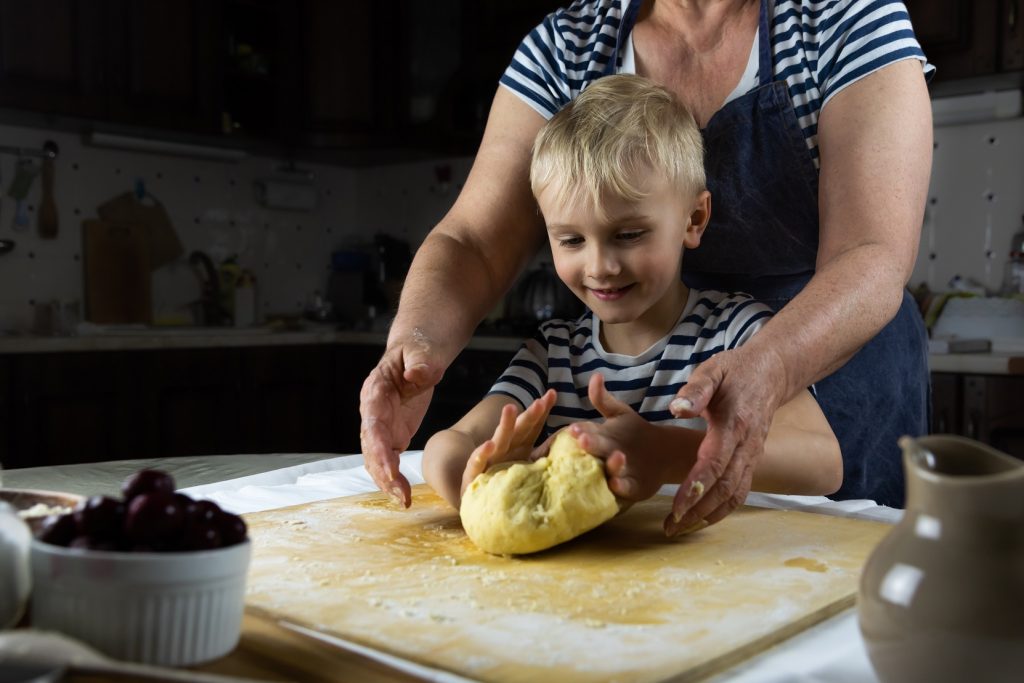
By Laura Funk, Occupational Therapist
Some children can be described as ”sensory avoiders”. They tend to withdrawal from touches and may experience intense emotional reactions when they are challenged with unwanted touch sensations. On the opposite side of the spectrum, there are some children who seek intense physical pressure. These are the children that love to climb and crash or get messy while eating or playing. In extreme cases, they don’t appear to feel pain.
The following activities are helpful to those children experiencing Sensory Processing Disorder related to touch or tactile challenges. As always, you should discuss this with your healthcare professional and choose activities that are most appropriate for your child’s specific needs.
Get started with teli Early Intervention Services today.
